Pickle Paranoia (are these safe?)
kgreene
16 years ago
Related Stories

FEEL-GOOD HOMESimple Pleasures: Make Do and Mend
Experience the satisfaction of fixing, repurposing and creating things yourself around the home
Full Story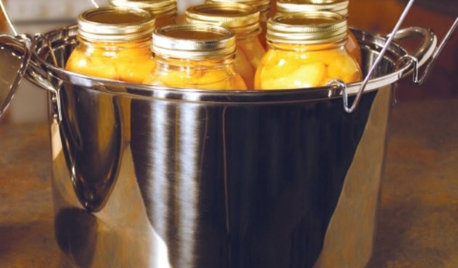
PRODUCT PICKSGuest Picks: Canning, Preserving, Steaming, Dehydrating
20 products to help make fall produce last through the season and beyond
Full Story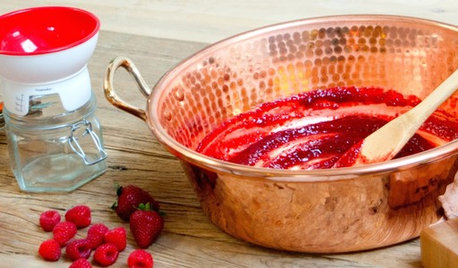
SHOP HOUZZHouzz Products: Save a Taste of Summer
Can't bear to part with the flavors of summer peaches, berries and tomatoes? Then jam on it!
Full Story
HEALTHY HOMEGive Your Baby the Healthiest, Safest Nursery Possible
Protect your newborn by choosing nontoxic nursery furniture, bedding, rugs and paint. We give you all the details here
Full Story
ARCHITECTUREHouzz Tour: Shipping Containers Make for an Unusual Home
Recycling hits the big time as a general contractor turns 4 metal boxes into a decidedly different living space
Full Story
MOST POPULAR9 Real Ways You Can Help After a House Fire
Suggestions from someone who lost her home to fire — and experienced the staggering generosity of community
Full Story
HOME TECHThe Inevitable Future of Drones Around Your Home
As Google joins the push for airborne deliveries, it seems only a matter of time before neighborhoods are buzzing with drones. Is that OK?
Full Story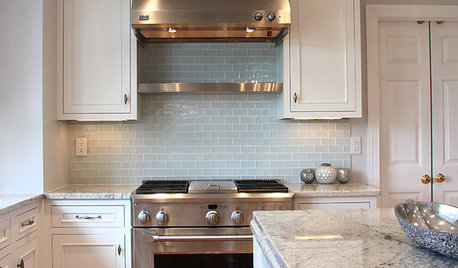
KITCHEN DESIGN5 Favorite Granites for Gorgeous Kitchen Countertops
See granite types from white to black in action, and learn which cabinet finishes and fixture materials pair best with each
Full Story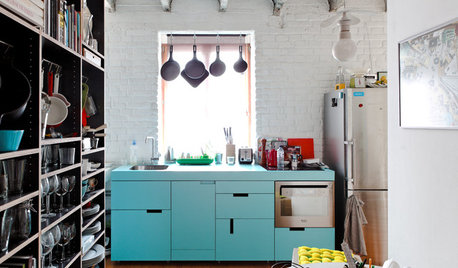
HEALTHY HOMEDetox Your Kitchen for the Healthiest Cooking
Maybe you buy organic or even grow your own. But if your kitchen is toxic, you're only halfway to healthy
Full Story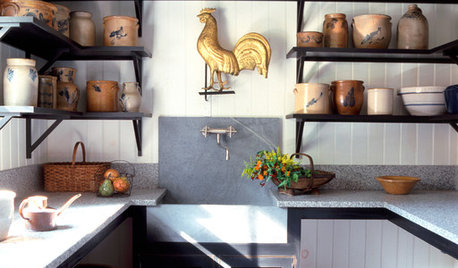
ACCESSORIESStoneware Crocks Strike a Chord
Once just humble pantry items, stoneware containers have become showpieces around the home
Full StoryMore Discussions






booberry85
lpinkmountain
Related Professionals
Forest Park Landscape Architects & Landscape Designers · Annandale Landscape Contractors · Cincinnati Landscape Contractors · Forest Hills Landscape Contractors · Lady Lake Landscape Contractors · Lantana Landscape Contractors · Oak Forest Landscape Contractors · Pleasant Hill Landscape Contractors · Santa Ana Landscape Contractors · Uxbridge Landscape Contractors · 07920 Landscape Contractors · Lauderdale Lakes Landscape Contractors · Casselberry Landscape Contractors · Gibsonton Roofing & Gutters · Alameda Driveway Installation & Maintenancekayskats
digdirt2
kgreeneOriginal Author
digdirt2
kayskats
readinglady
lynn_1965
ksrogers
kgreeneOriginal Author
readinglady
digdirt2
kayskats
zabby17
kayskats
shirleywny5
kayskats
zabby17
kayskats
kayskats
kayskats
shirleywny5
twila_2008
readinglady
kitajam
shirleywny5
digdirt2
digdirt2
kitajam
digdirt2
ksrogers
ksrogers
User
ksrogers
gibby1
2ajsmama
gibby1
terryannem
Pntherlady1
morz8 - Washington Coast
digdirt2
sidhartha0209
fotophreek
malna
fotophreek
seysonn
digdirt2
seysonn
digdirt2